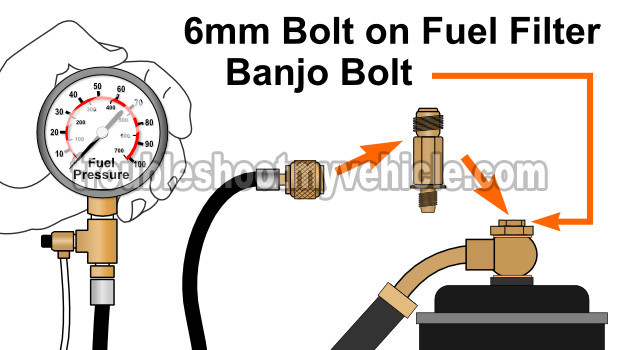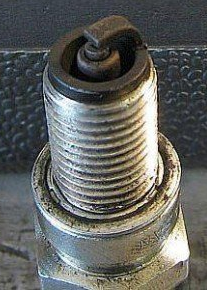@whiteangel, Black smoke from tail pipe is simply due to imbalanced air-fuel ratio. To keep this ratio balanced engine sensors, electronics and mechanics work quite hard. Smoke (black) on startup can be due to lot of reasons and requires detailed diagnosis. Just to shed light on few areas.
- Improper valve clearance (tapet adjustment)
- Leaked injectors causing flooding
- Incorrect ignition timing
- Leaked cold start injector (not your case as it is not present in Honda civic 1996)
- Faulty battery, YES faulty battery for ECM is not good. As all different sensors require adequate range of Voltage input
- Carbon built up in Throttle body.
- Faulty or choked air filter
- Issue in starting circuit (informing ECM about engine start condition, which is special condition in Engine running life-cycle) to work properly.
- Faulty MAP, TPS or OX sensor (not sending correct signal to ECM), though in your case it is less likely as car works fine after warming up (more on OX sensors later)
First of, please verify there is no code thrown by ECM. If engnie light is on, retrieve code and fix accordingly.
As lot of people here are talking about leaking injectors on the 1996 civic (and EFI system too  ), let's have quick look on it's fuel system. The vehicle you are looking to fix is MAP (Manifold Absolute Pressure) based system and it has 4 injectors connected to fuel rail and each injector is responsible of injecting fuel into respective cylinders through intake manifold at compression stroke (please not this is not direct injection system). The civic doesn't have cold start injector and hence it makes the diagnosis quite simpler.
), let's have quick look on it's fuel system. The vehicle you are looking to fix is MAP (Manifold Absolute Pressure) based system and it has 4 injectors connected to fuel rail and each injector is responsible of injecting fuel into respective cylinders through intake manifold at compression stroke (please not this is not direct injection system). The civic doesn't have cold start injector and hence it makes the diagnosis quite simpler.
On this particular application the battery +12v are applied through main relay, and the control pulse is provided by 4 different pins on ECM INJ1, INJ2, INJ3 and INJ4 (unlike Toyota of that same era which uses only two #1 and #2)

Now once you grasp basic idea of Civic's system, you can proceed with problem diagnosis. Mount the pressure gauge on fuel line to measure the pressure, if it is the case of leaking injector(s) the pressure would be much lower than 30 Psi. Please also note this test doesn't necessarily diagnose leaking injector(s), this can be other leaks in the fuel system. In your case this would be less likely.

Though there is another way of verifying that if there is ample pressure in fuel line or not (but NOT recommended to do at home without proper fire extinguisher equipment). Take necessary cautions to proceed;
CAUTIONS
* Remove battery terminals
* Put away all fire sources away (no match stick, no lighter, no cigarette and no electrical equipment nearby)
* Put safety glasses first
* Put gloves first
* Have fire extinguisher handy
Now open up the fuel line, if the pressure is 36 PSI you will literally feel it as fuel will come out with significant pressure. In-case of leakage and car sitting overnight the pressure would be quite low and fuel would not spit out with pressure.
NOTE: The next step requires that you have perfectly working Ignition System (i.e. Coil, Ignition Module, Spark Plugs, Distributor cap, Rotor etc. are all tested and working OK). Now as we are focusing on injector leakage let's assume there is no issue with Ignition System If you want to DIY and you have verified that fuel pressure is low (either with gauge or by manual method) now let's proceed to find out which injector is culprit.
Start the engine let it run for 1 second or so, switch off the key immediately. Now remove all four spark plugs, the plug which came out of cylinder have faulty injector would look like this (showing rich condition).

In my experience the aging OX sensors sometimes cause the problem too, the heater in 4 pin sensor doesn't work as efficiently (this is the time when the failure is not caught up by ECM) as it ages causing rich condition on startup.
Disclaimer
Please do not try this at home and always get your vehicle inspected by professionals or professional workshops. Moreover method explain here tries to use as minimal gear and tools so that this might become easy for DIY, this is not recommended practice to find leaks in injectors.
Credit
Image credit to
https://troubleshootmyvehicle.com/